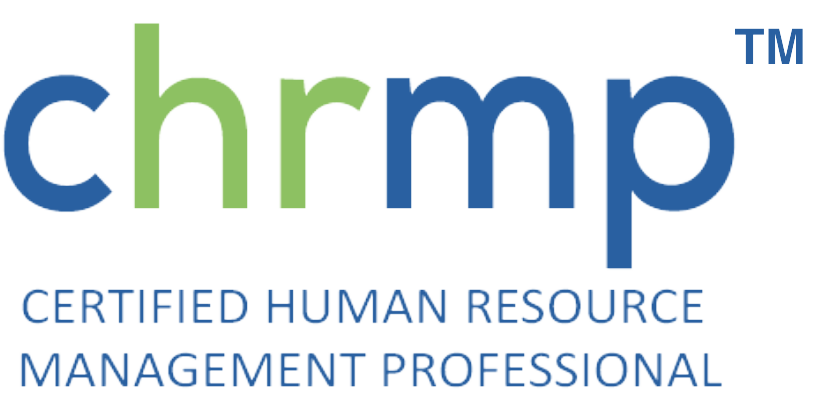Organisational culture using three cognitive levels.🔑
Organisational culture is the collection of norms and values shared by people and groups in an organisation, and that controls the way they interact with each other and with stakeholders outside the organisation.
Culture is the commonly held and relatively stable beliefs, attitudes and values that exist within the organisation.
Looking through Schein’s model:
The first and the most cursory level of the Schein’s model consists of the superficial organisational attributes that can be seen, felt and heard, like the organisation’s structure, facilities,
visible rewards, employees’, dress code, the manner in which the employees interact amongst themselves and with outsiders and other artifacts.
Organisational behaviour at this level is easy to study by observing the attitudes of the employees.
The second level is the norms within the organisation, such as company slogans mission statements, and other unwritten rules that provide guidelines on organisational behaviour. Organisational behaviour at this level can be studied by conducting interviews and surveys of the employees to get insights into the attitudes of the employees.
The third and the deepest level consists of the organisation’s tacit assumptions. These assumptions and beliefs are the values that are good for the organisation. The elements of
culture in this level are unseen and not easily identified by mere interactions with organisational members. Values are translated into reality through norms and artefacts.
Sorry, there were no replies found.
Log in to reply.
